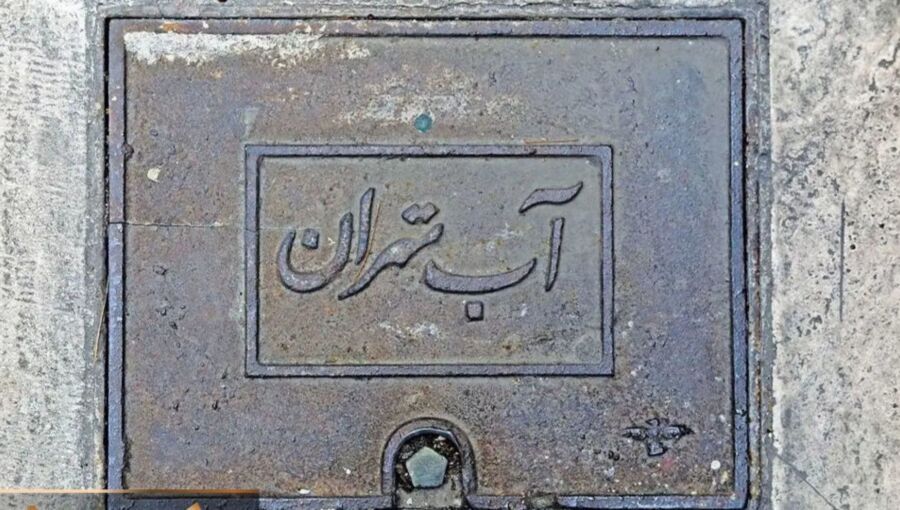Iran is grappling with a critical water crisis following one of the driest years in half a century, with forecasts indicating that drought conditions are likely to persist through the end of autumn.
Despite hopes for seasonal rainfall, experts have warned that the country remains locked in an exceptionally dry period. Sharp declines in rain and significant drops in reservoir levels have placed national water resources under severe strain, with water shortages now a common feature in Tehran and other cities. According to data from the Water Research Institute, the previous hydrological year was the harshest in five decades due to climate change.
In response, the Ministry of Energy, in collaboration with the UNESCO-affiliated Regional Centre on Urban Water Management, has launched a regional drought monitoring system. Using satellite and observational data, the platform tracks rainfall and drought conditions across Iran and neighbouring countries, providing insights for domestic planning and regional negotiations.
Initial findings from the system show a 40% drop in rainfall nationwide over the past year, with most areas yet to show signs of recovery. The national meteorological organisation also predicts that drought will continue into late autumn.
Energy Minister Abbas Aliabadi highlighted the role of climate change in intensifying the crisis, stating that profound climate shifts may make life more difficult not only in Iran but across the globe. “We must accept that we live in an arid country and adapt to water scarcity,” he said.
Mohammad Javanbakht, deputy minister of energy and head of Iran’s Water Resources Management Company, stressed that restoring underground reserves and balancing aquifers is now a legal priority.
He attributed the current crisis to years of excessive consumption and poor usage patterns, but noted that reducing water extraction has become a national imperative.
The capital’s water crisis remains unresolved despite the addition of water from Taleghan Dam in recent days, water industry spokesman Issa Bozorgzadeh told Fararo on October 15. Tehran is expected to receive water from Taleghan Dam, with four of five Tehran dams recording zero rainfall since the start of the current water year, Fars News Agency reported on October 12.
Bozorgzadeh said that of the five cubic metres per second of water that was supposed to be added to Tehran’s water supply capacity from Taleghan Dam, 2.5 cubic metres have reached the capital so far, with the remainder to enter the network by the end of the week.
“However, we should not assume that with the implementation of this project, Tehran’s water problem has been solved. The reality is that Tehran still faces a water crisis and dry autumn. The only way through these conditions is consumption management and all citizens’ cooperation with the recommendations and warnings of the Ministry of Energy to maintain water supply sustainability,” he said.
Bozorgzadeh brazenly said no reports of water cuts due to water shortages in any part of Tehran have been received, though reports of water pressure reduction was “accurate.”
“Pressure drop, or pressure management, is an issue that the energy minister has repeatedly communicated about. Tehran is a city with significant altitude differences; there is about 800 metres difference between the upstream and downstream of the city,” he said. On water consumption management, Bozorgzadeh said people cooperate on conservation, but the city’s appearance still shows no signs of water consumption management.
“Our request to colleagues at Tehran Municipality is to be more careful during irrigation, especially at midday and with fountain methods. When citizens see lawns being irrigated with drinking water at noon and even part of the street getting wet, the sense of water scarcity disappears from people’s minds,” he said.
He added that irrigating grass in a fountain style sends the wrong psychological message to society and negatively affects consumer behaviour. “Suppose a lawn turns yellow; what happens?” Bozorgzadeh said.
Locals have also aired their opinions on the move to send water to the capital. One man in Tehran argued that inter-basin water transfer is only a painkiller, speaking with IntelliNews. “With 90% of water consumed in agriculture, it is necessary to move farming towards hydroponic and aeroponic agriculture like the Netherlands and Singapore to improve water efficiency,” they wrote.
Another question about accountability was: “Is Zakani bringing the water or the Ministry of Energy?”
One commenter condemned the decision outright: “You dried all of Iran. This is another wrong decision. Goodbye to Taleghan’s environment and ecosystem.”
Another person who asked not to be named blamed tower buildings for wasteful consumption: “No one conserves water in tower buildings because there are no individual metres. Each household should have a separate metre.” Tari Abassi warned: “The Taleghan transfer project will burn the ecosystem at both ends because Taleghan Dam water has no source of its own but a share in its own geographical ecosystem.”
